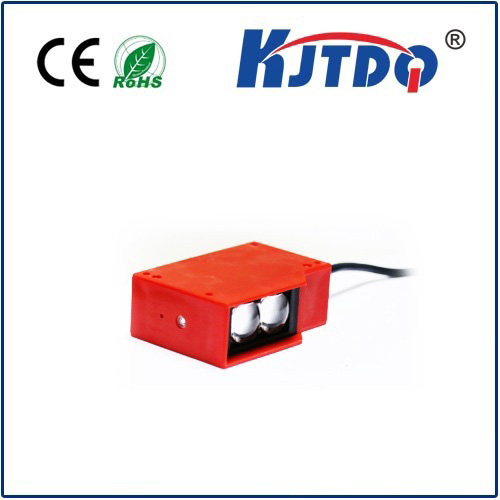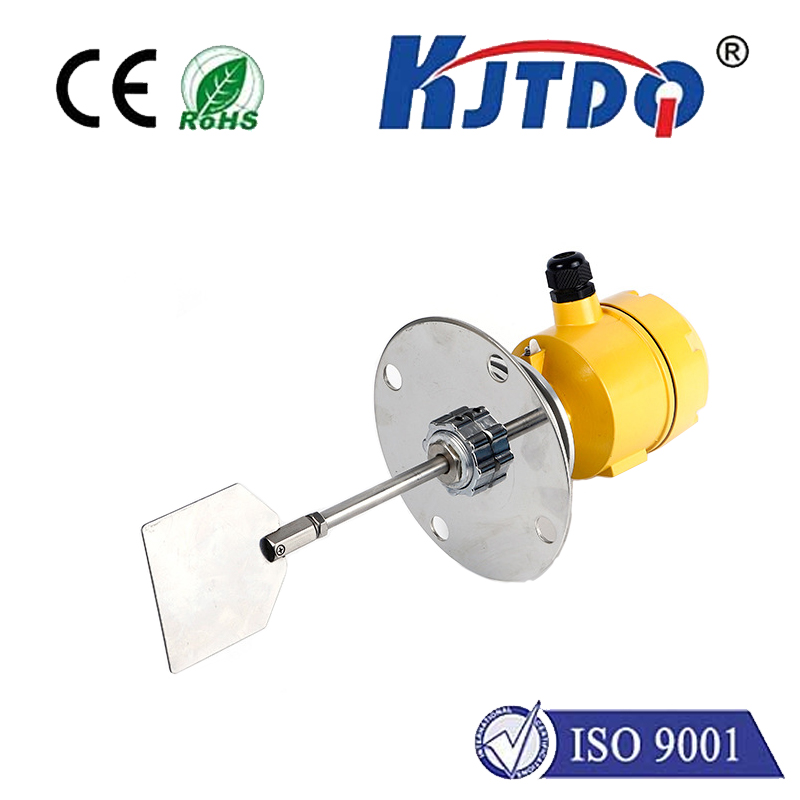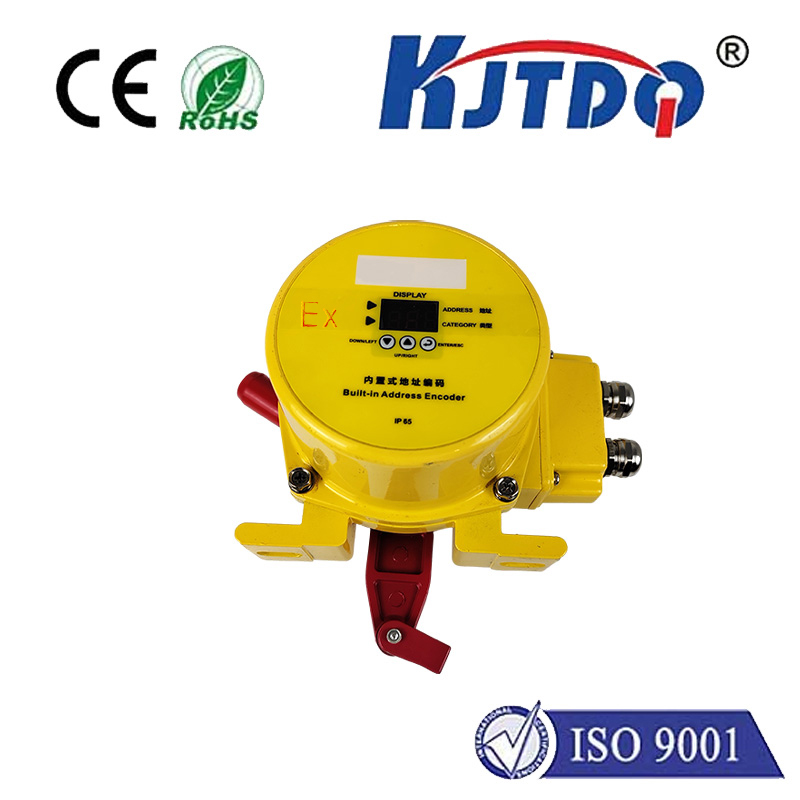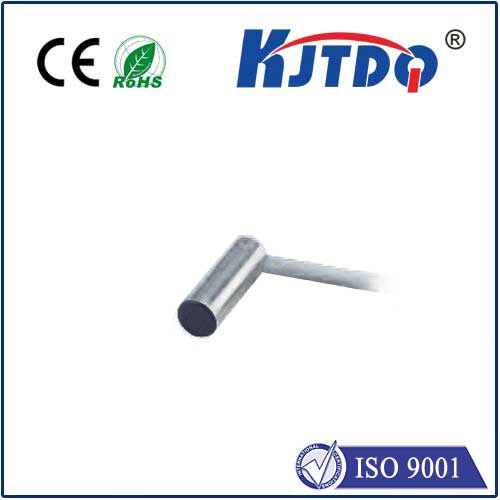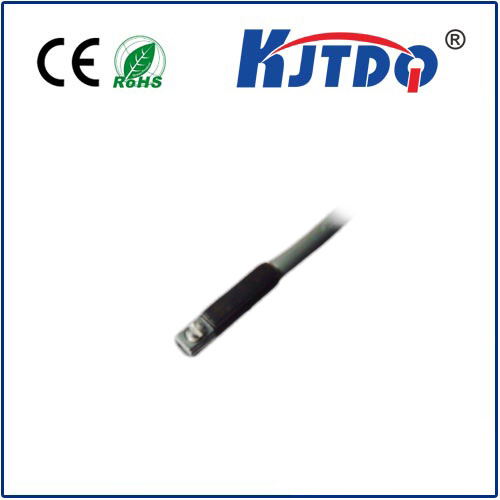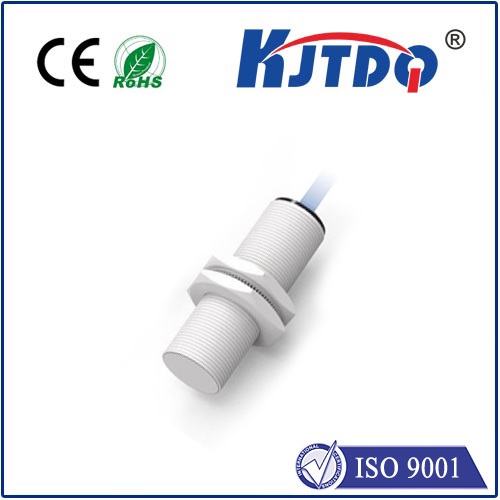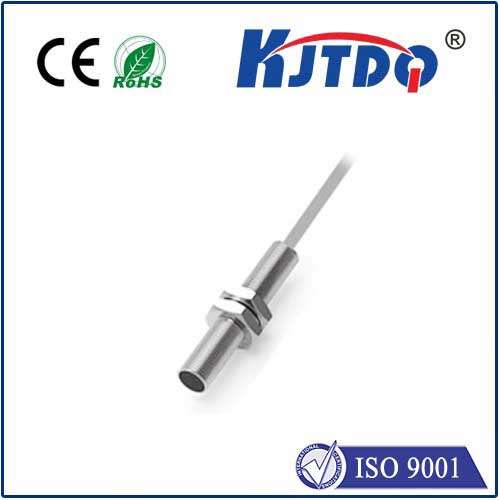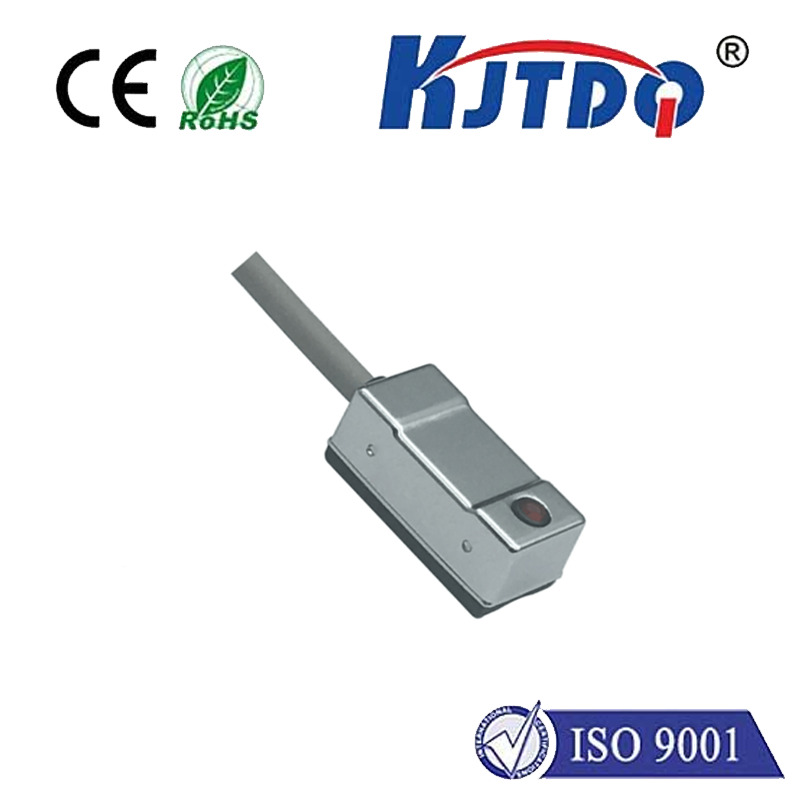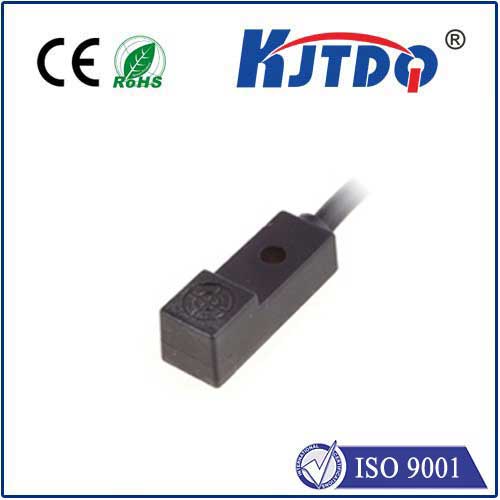

check

check

check

check

check

check

check

check

check

check
Imagine controlling a device without physically touching it. Picture machinery safely operating near sensitive materials, or scientists precisely measuring forces invisible to the naked eye. This isn’t science fiction; it’s the everyday reality powered by electrostatic sensors. These remarkable devices detect the presence, absence, or magnitude of static electric charges – the very force that makes your hair stand on end after rubbing a balloon. Their unique capabilities make them indispensable across a surprising range of modern technologies and industries.
Understanding the Unseen: The Principle Behind Electrostatic Sensing
At its core, an electrostatic sensor operates by detecting the electric field generated by a static charge. Static electricity, or triboelectricity, arises when two materials contact and separate, causing electrons to transfer. One material gains electrons (becoming negatively charged), while the other loses them (becoming positively charged). Moving or vibrating surfaces are particularly prone to this charge buildup.
These charges generate electric fields that permeate the surrounding space. Electrostatic sensors act as antennas for these fields. They don’t typically require direct contact with the charged object; instead, they sense the influence of the field on the sensor element itself. The most common technology employed is capacitive sensing. When a charged object approaches the sensor’s conductive sensing electrode, it creates a capacitance change (like a virtual capacitor) between the object and the electrode. The sensor’s electronics detect this minute change in capacitance or the induced charge/current on the electrode and convert it into a usable signal, such as a voltage, frequency shift, or digital output.

Types Tailored for Detection: Applications Define the Design
The versatility of electrostatic sensing is reflected in the variety of sensor types, each optimized for specific needs:
Why Choose Electrostatic Sensing? Compelling Advantages
The unique operating principle of electrostatic sensors grants them several distinct advantages over other sensing technologies:
Powering Innovation: Real-World Impact Across Industries
The influence of electrostatic sensors is pervasive:
Pushing the Boundaries: The Future of Electrostatic Sensing
Research and development continue to expand the horizons of this technology. Innovations focus on improving sensitivity for detecting even fainter signals, enhancing noise immunity for reliable operation in challenging electrical environments, and enabling multi-functional sensors. We are seeing integration with artificial intelligence (AI) for smarter pattern recognition and anomaly detection based on field signatures. Miniaturization continues, opening doors for implantable medical devices and highly integrated IoT sensors. Furthermore, exploring novel materials promises sensors that are more flexible, durable, or sensitive to specific types of charges or fields.
From the effortless swipe on your smartphone to safeguarding billion-dollar semiconductor production lines, electrostatic sensors silently shape our interaction with technology and the industrial landscape. Their ability to harness the fundamental force of static electricity, operating through non-contact principles with high sensitivity and versatility, ensures they will remain a critical sensing technology, invisible yet indispensable, as we move towards an increasingly automated and intelligent future.
